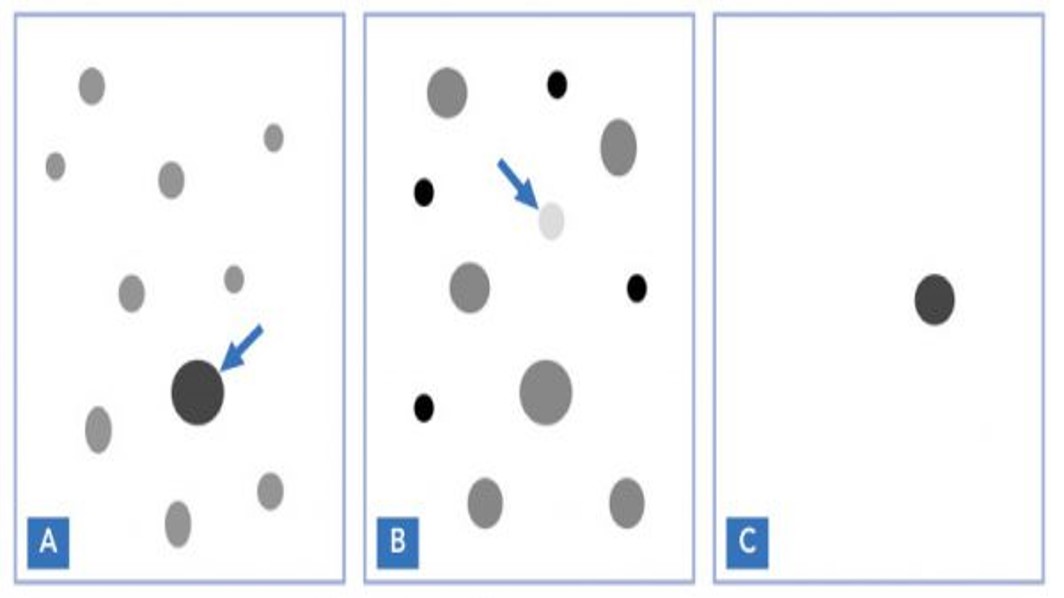One of the key objectives of the iToBoS project is to educate the general public about the most dangerous skin cancer melanoma and the visual signs that could help in early detection.
Finding melanoma at an early stage is crucial; early detection can vastly increase your chances of cure. Most moles, brown spots and growths on the skin are harmless – but not always. The ABCDE and the Ugly Duckling signs are common indicators that could help physicians and people, in general, to detect Melanoma. In this blog post, we will talk about spotting melanoma using the “ugly duckling” method.
What is the Ugly Duckling Sign?
The ugly duckling sign is a recognized medical research term being used by skin specialists to help people understand how to recognize and track early warning signs of skin cancer.
History of the Ugly Duckling
In 1998, Grob et al. [1] suggested the “ugly duckling” sign for melanoma detection, based on the observation that nevi in the same individual tend to resemble one another, and that melanoma is often an “ugly duckling,” different from the other nevi of the same patient.
This clinical realization pointed to the importance of not just evaluating how the questionable moles as laid out in the ABCDE evaluation method but also comparing it to that of surrounding lesions [3].
How to use the Ugly Duckling
This recognition strategy is based on the concept that most normal moles on your body resemble one another, while melanomas stand out like ugly ducklings in comparison. This highlights the importance of not just checking for irregularities, but also comparing any suspicious spot to surrounding moles to determine whether it looks different from its neighbors. These ugly duckling lesions or outlier lesions can be larger, smaller, lighter, or darker, compared to surrounding moles. Also, isolated lesions without any surrounding moles for comparison are considered ugly ducklings.

Three Examples of an Ugly Duckling
In A, the patient has one dominant mole pattern with slight variation in size. The outlier lesion is clearly darker and larger than all other moles. In B, the patient has two predominant nevus patterns, one with larger nevi and one with small, darker nevi. The outlier lesion is small but lacks pigmentation. In C, the patient shows only one lesion on the back. If this lesion is changing, symptomatic, or deemed atypical, it should be removed. Image Source [2].
References
-
Grob, J. J., and J. J. Bonerandi. "The ‘ugly duckling'sign: identification of the common characteristics of nevi in an individual as a basis for melanoma screening." Archives of dermatology1 (1998): 103-104.
-
Ashfaq, A., and T. Marghoob. "The ugly duckling sign: an early melanoma recognition tool for clinicians and the public alon scope." Med Scape Posted3 (2011): 1-3.
